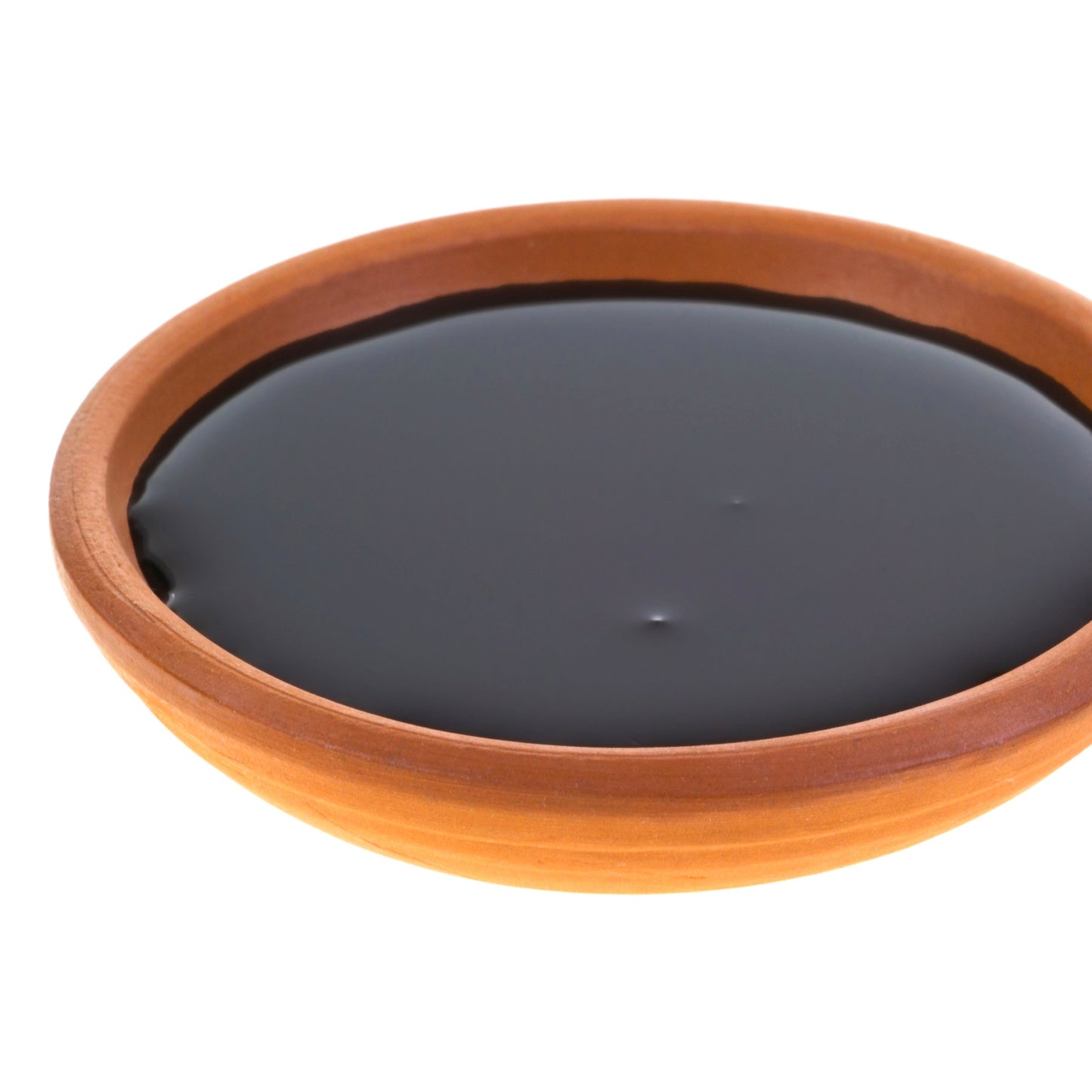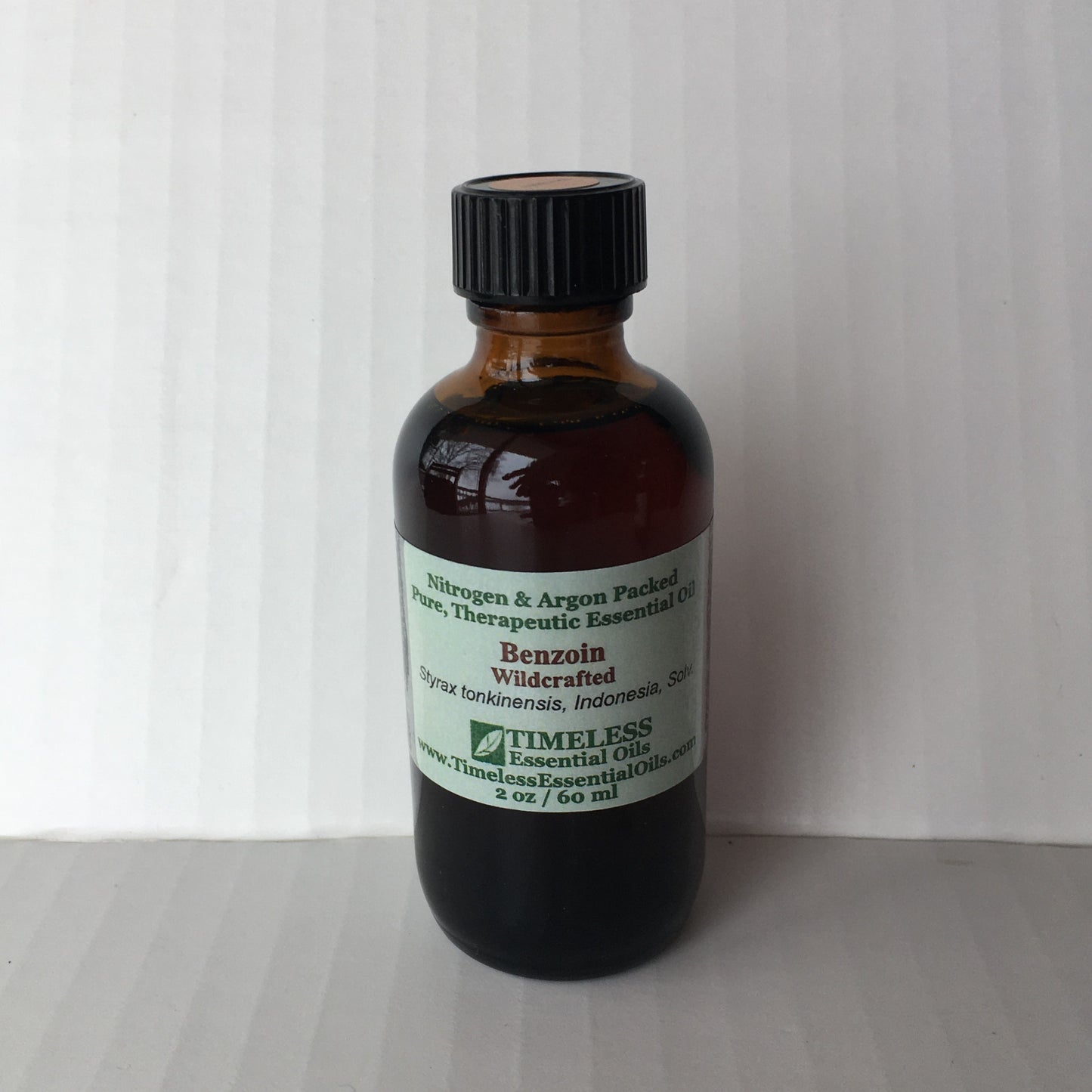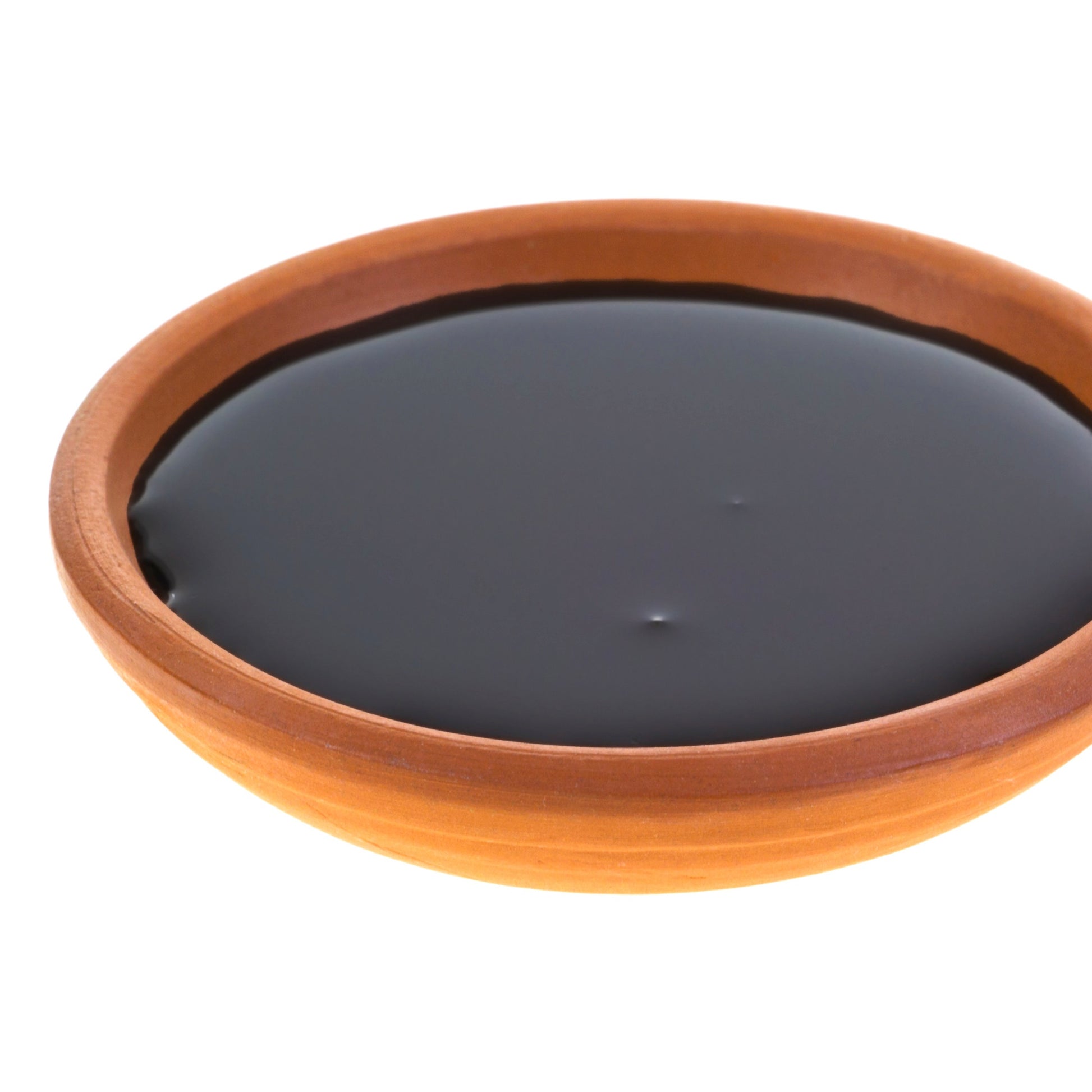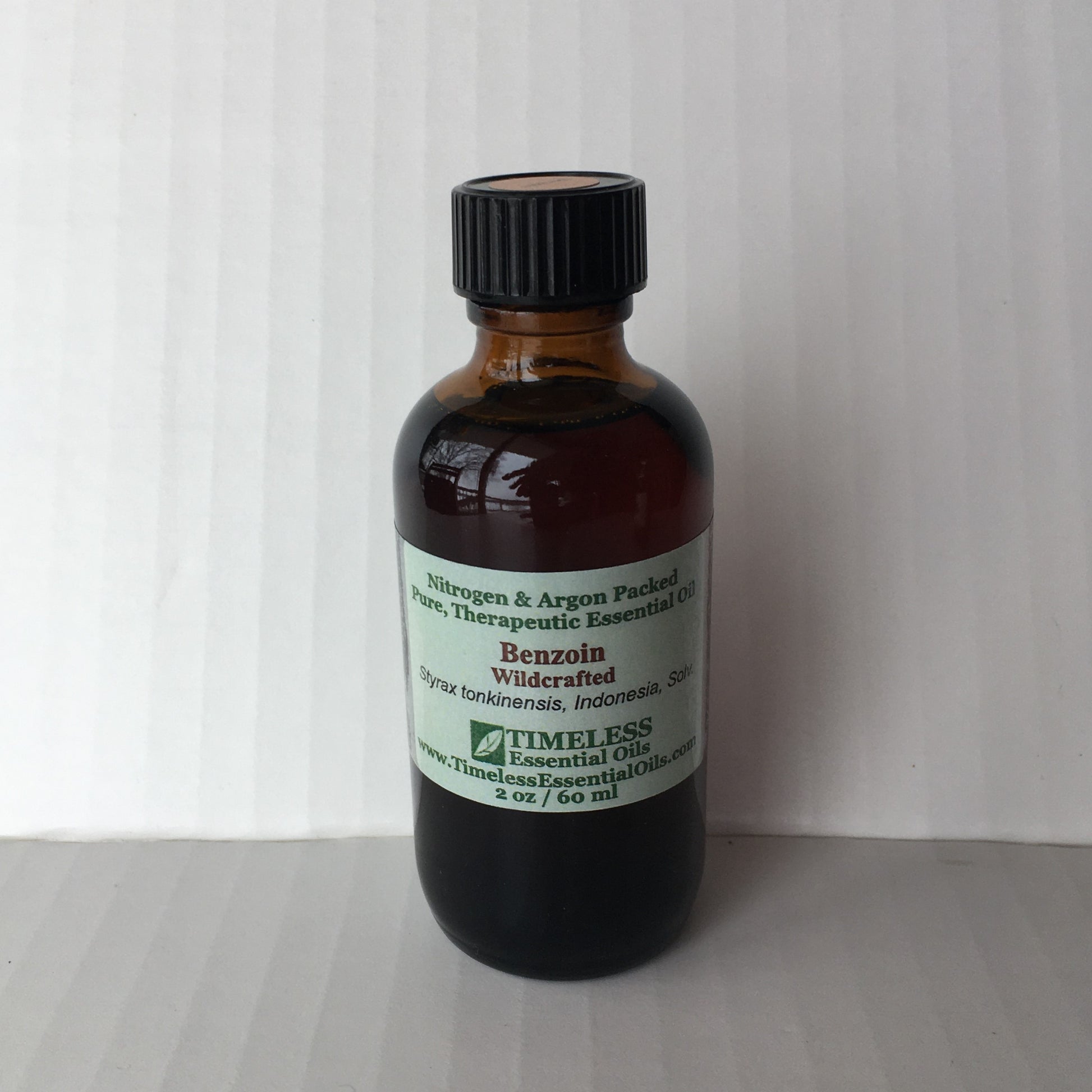TIMELESS Essential Oils
Benzoin
Couldn't load pickup availability
Premium Benzoin essential oil, also called Siam Benzoin (Older terms include Gum Benjamin and Benjoin)
Product Details
Botanical name
Styrax tonkinensis
Aroma
Sweet, rich, balsamic, vanilla-like
Note
Base
Extraction method / Source
Solvent extraction / Resin
Key constituents
Benzoic acid
Plant description
Botanical family: Styracaceae
The Styrax tree grows 15 - 90 feet in height, with green leaves and pendulous white flowers which develop into oblong fruits. Due to its rapid growth, Styrax tonkinensis
Regions of Production
Indonesia
Growing Practices
Trees indigenous to the area grow in the wild, away from chemical fertilizers and pesticides. Trees are not cut down, but the trunks are pierced, allowing resin to exude.
History / Fun Facts
Traditionally it was widely used in cosmetics and medicinally in antibacterial tinctures and balms. The antibiotic activity of benzoin resin seems mostly due to abundant benzoic acid and benzoic acid esters. Due to its rapid growth, Styrax tonkinensis is commercially grown in some areas for fuel and pulpwood.
Properties
Uses / Benefits
Widely used in natural perfume and incense making. Tincture of benzoin (benzoin dissolved in alcohol) is used in first aid for small injuries. It is used as a disinfectant, mild local anesthetic and is said to promote healing.
Benzoin essential oil is a viscous liquid. Open cap slightly and gently heat bottle in a shallow warm water bath if necessary before use.
Blends well with
Bergamot, Black Pepper, Copaiba, Coriander, Cypress, Frankincense, Ginger, Jasmine, Juniper, Lavender, Lemon, Myrrh, Patchouli, Rose, Sandalwood
Safety
Non-toxic, non-irritating. Mild risk for skin sensitization. Do not use for young children.
Notice
This information is for educational purposes only. It has not been evaluated by the US Food and Drug Administration. It is not intended to diagnose, treat, cure or prevent any condition or disease, and should not take the place of evaluation by a qualified health professional. Although we strive to provide information which is accurate and up to date, we cannot guarantee the accuracy or completeness of this information.
References
International Fragrance Research Association, http://www.ifraorg.org/en-us/standards (January 5, 2016).
Piesse, G.W.Septimus, The Art of Perfumery : Make Your Own Perfumes, Scents and Fragrances, 1857, Lindsay and Blakiston, Philadelphia, PA.
Tisserand, Robert and Young, Rodney, Essential Oil Safety, 2nd edition, 2014. Churchill Livingstone Elsevier, New York, NY.
United States Food and Drug Administration, HHS, 182.1 Substances That Are Generally Recognized as Safe, 182.20 Essential oils, Oleoresins (solvent-free), and natural extractives (including distillates), http://www.gpo.gov/fdsys/CFR-2012-title21-vol3-sec182 (January 28, 2016).




